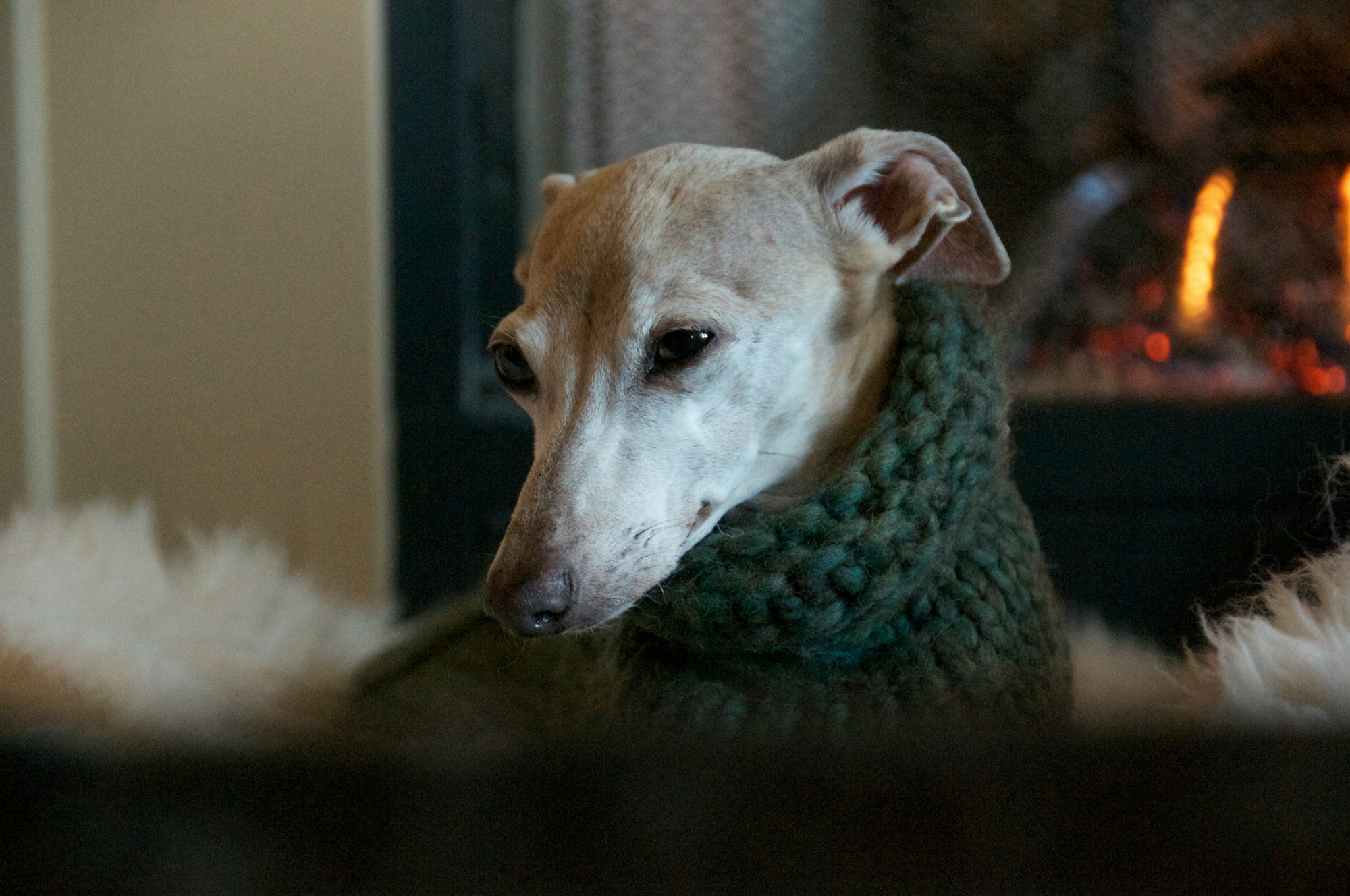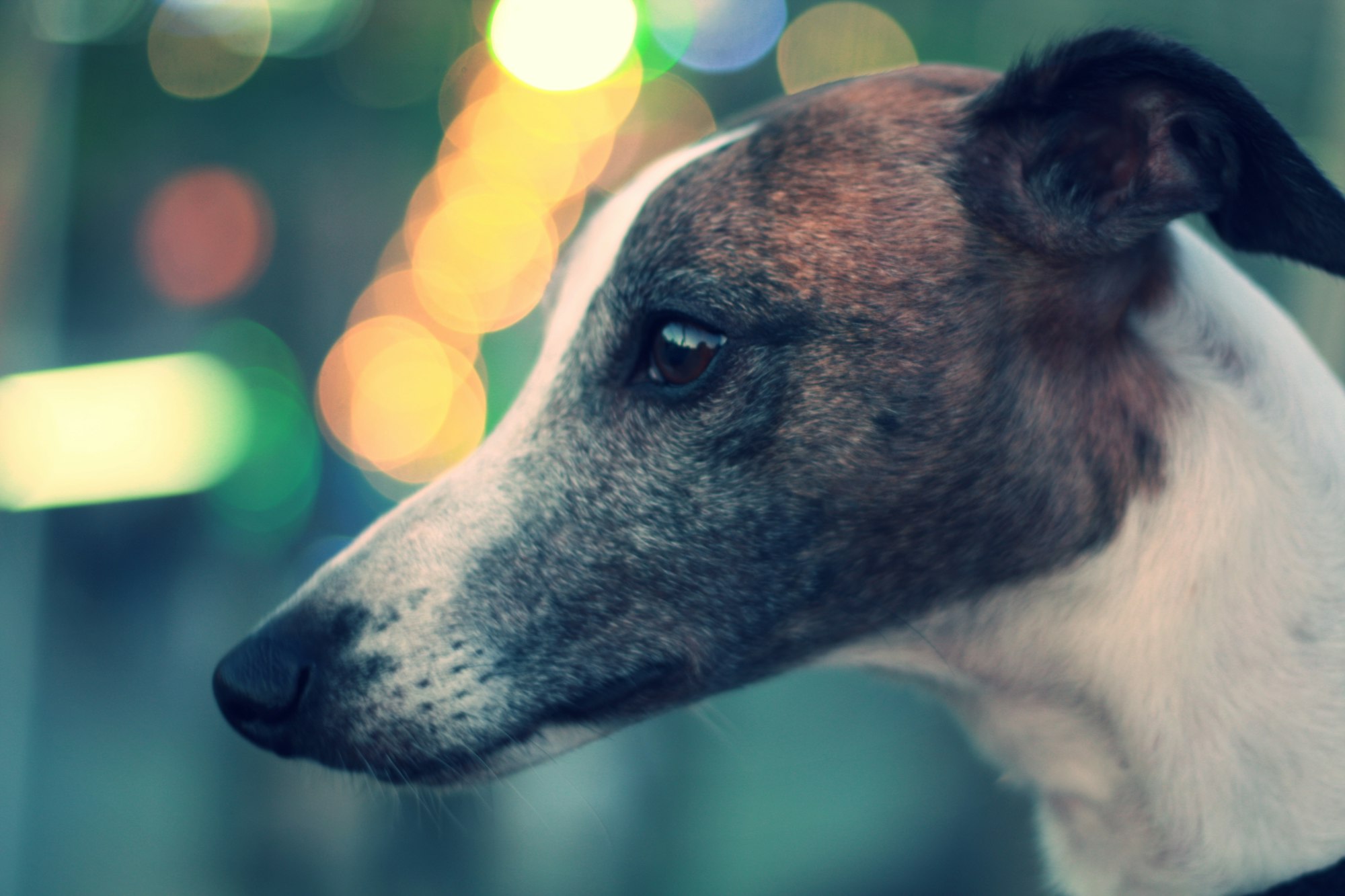When it comes to choosing a dog breed to welcome into your family, the Italian Greyhound is a captivating option that exudes elegance and charm. However, before you decide to make this delightful and affectionate breed a part of your household, it's crucial to understand the Italian Greyhound price and all the associated costs. In this article, we'll take you through the journey of bringing home an Italian Greyhound, from purchase to ongoing expenses, ensuring you're well-prepared for the experience.
Understanding the Breed
Brief History and Characteristics
The Italian Greyhound is a breed with a history that spans centuries. These dogs were cherished by ancient civilizations for their graceful appearance and affectionate nature. They're characterized by their slender build, short coat, and distinctive features. Italian Greyhounds are known for their loyalty and make excellent companions for those seeking a loving and devoted pet.
Temperament and Suitability as a Pet
Italian Greyhounds are renowned for their gentle and affectionate temperament. They thrive on companionship and are well-suited to indoor living. Their sensitive nature makes them attuned to their owners' emotions, fostering strong bonds. While they may not be the best fit for households with very young children due to their delicate build, they often thrive in homes with older children or adults.

Factors Influencing Italian Greyhound Price
Italian Greyhounds are elegant and charming companions, known for their graceful appearance and affectionate nature. However, before deciding to bring one of these wonderful dogs into your home, it's important to understand the various factors that influence the Italian Greyhound price. Let's explore the key elements that contribute to the cost of acquiring this unique breed.
Genetics and Lineage
One of the primary factors that affect the price of Italian Greyhounds is their genetics and lineage. Dogs with well-documented pedigrees, boasting a strong lineage of champions and show dogs, often command higher prices. These dogs are more likely to possess desirable traits and conform to breed standards, making them attractive to potential buyers seeking a happy dog for competitions or breeding purposes.
Age and Stage of Life
Age plays a significant role in determining the price of an Italian Greyhound. Puppies, with their potential for a longer lifespan and the investment required for their care, tend to be priced higher than adult dogs. Puppies require more time, attention, and resources, which contributes to their elevated cost.
Health and Health Clearances
The health of the Italian Greyhound is a critical consideration for both breeders and buyers. Reputable breeders invest in thorough health clearances, ensuring that their dogs are free from genetic and hereditary health issues. Dogs with clear health histories and necessary health clearances often come with a higher price tag. This cost reflects the breeder's commitment to producing healthy and genetically sound puppies.

Breeder Reputation and Quality
The reputation of the breeder is another factor that influences the price of Italian Greyhounds. Established breeders with a history of producing high-quality, well-socialized, and healthy dogs tend to charge more for their puppies. Buyers are willing to invest in puppies from breeders with a proven track record of responsible breeding practices and dedication to the well-being of their dogs.
Demand and Availability
Market demand and the availability of Italian Greyhounds can also impact their price. If the breed is in high demand and there are limited puppies available, prices may increase. Conversely, if there is a surplus of puppies, prices may be more competitive. Factors such as location, trends, and popularity can contribute to fluctuations in demand and availability.
Initial Purchase Cost
Bringing an Italian Greyhound into your life is an exciting decision, but it's essential to be well-prepared for the initial costs associated with acquiring this elegant and affectionate breed. Let's dive into the components that contribute to the Italian Greyhound price and help you understand what to expect when making this significant commitment.
Breeder Prices and Variability
The cost of Italian Greyhounds can vary significantly based on different factors, one of the most significant being the breeder's pricing and reputation. Reputable breeders who prioritize responsible breeding practices, health clearances, and proper socialization often charge higher prices for their puppies. The expertise and commitment of such breeders ensure that you're getting a well-bred and healthy Italian Greyhound.
Registration and Documentation Fees
When acquiring an Italian Greyhound from a breeder, there are additional expenses beyond the purchase price. Registration and documentation fees are important to consider. These fees cover the cost of registering your dog with kennel clubs or breed registries, as well as providing essential documents that confirm your dog's pedigree and ownership.
Travel Expenses
In some cases, you might find the perfect Italian Greyhound from a breeder located in a different city or even another state. Travel expenses, including transportation for yourself and your new furry companion, should be factored into the initial purchase cost. Whether you're driving or flying to pick up your Italian Greyhound, it's crucial to plan and budget for these travel-related expenditures.
Ongoing Expenses
Bringing an Italian Greyhound into your home is a commitment that goes beyond the initial purchase cost. It's crucial to understand and plan for the ongoing expenses associated with providing proper care and a high quality of life for your new furry friend. Let's explore the essential aspects of ongoing care that contribute to the overall Italian Greyhound price.
Food and Nutrition
Maintaining a well-balanced diet is key to ensuring the health and vitality of your Italian Greyhound. These dogs have specific nutritional needs that must be met to support their growth and overall well-being. High-quality dog food that is appropriate for their age, size, and activity level is essential. While the cost of dog food can vary, budgeting around $20 to $60 per month for high-quality options will help keep your Italian Greyhound well-nourished.

Healthcare Costs
Routine veterinary care is essential to keep your Italian Greyhound in optimal health. This includes regular check-ups, vaccinations, preventive medications, and dental care. Budgeting for healthcare costs is essential, as these expenses can add up over time. On average, you can expect to spend between $500 and $1,000 annually on veterinary care to ensure your dog's well-being.
Grooming Expenses
The grooming needs of Italian Greyhounds are relatively minimal due to their short coats. However, regular grooming is still necessary to keep their skin and coat healthy. Basic grooming supplies, such as brushes and nail trimmers, will be required. Additionally, occasional professional grooming sessions can help maintain their appearance and hygiene. Budgeting around $100 to $300 per year for grooming expenses is a reasonable estimate.
Training and Socialization
Training and socialization are crucial aspects of responsible dog ownership, contributing to your Italian Greyhound's overall well-being and behavior. Investing in training classes and socialization opportunities is essential for fostering good manners and ensuring your dog is comfortable in various situations. The cost of training classes can vary, but budgeting around $50 to $100 per session is a reasonable guideline.
Creating a Budget
Bringing an Italian Greyhound into your home comes with both anticipated and unexpected costs. To ensure that you can provide the best care for your furry companion, it's essential to create a comprehensive budget that covers all aspects of their well-being. Let's explore the key components of budgeting for your Italian Greyhound's care.
Calculating Monthly Costs
One of the first steps in creating a budget is to calculate the monthly expenses associated with owning an Italian Greyhound. This includes costs such as high-quality dog food, routine veterinary care, grooming supplies, training sessions, and any other ongoing expenses specific to your dog's needs. By estimating these monthly costs, you can better understand the financial commitment required for responsible pet ownership.
Emergency Fund for Unexpected Expenses
In addition to regular monthly expenses, it's crucial to set aside funds for unexpected emergencies that may arise. Just like humans, dogs can experience sudden health issues or accidents that require immediate medical attention. Having an emergency fund in place ensures that you can provide timely care without experiencing financial strain. Aim to save an amount equivalent to a few months' worth of your Italian Greyhound's regular expenses.
Rescue and Adoption Options
When it comes to welcoming an Italian Greyhound into your home, there are cost-effective alternatives that offer both financial savings and the opportunity to provide a loving home to a shelter dog. Consider adopting an Italian Greyhound from a shelter or rescue organization as a compassionate choice that benefits both you and a deserving canine companion.

Cost-Effective Alternatives
Adoption from shelters or rescue organizations is a cost-effective alternative to purchasing a dog from a breeder. Adoption fees are typically lower than the price of purchasing from a breeder, and they often include essential medical procedures such as spaying/neutering, vaccinations, and microchipping. By choosing adoption, you not only save on initial costs but also contribute to the well-being of shelter animals.
Giving a Home to a Shelter Dog
By adopting an Italian Greyhound from a shelter, you're providing a second chance at a happy life for a dog in need. Many shelter dogs are loving, loyal, and grateful for the opportunity to be a part of a caring family. When you open your heart and home to a shelter dog, you're not just gaining a pet; you're creating a lifelong bond and making a positive impact on animal welfare.
Investing in Your Companion
Owning an Italian Greyhound is an investment that extends far beyond financial considerations. When you bring an Italian Greyhound into your life, you're investing in companionship, building lifelong memories, and experiencing the joy of pet ownership.
Building Lifelong Memories
The moments shared with your Italian Greyhound will become cherished memories. From leisurely walks in the park to cozy evenings spent together, each experience strengthens the bond between you and your four-legged friend. Italian Greyhounds have a unique way of leaving lasting impressions on our hearts with their affectionate nature and unwavering loyalty.
The Joy of Pet Ownership
The joy that comes with pet ownership is immeasurable. Italian Greyhounds bring happiness and a sense of purpose to our lives. Their playful antics, unconditional love, and companionship have a positive impact on our well-being. The laughter they bring and the comfort they provide are priceless gifts that enhance our daily lives.

Conclusion
As you embark on the journey of bringing home an Italian Greyhound, understanding the various costs involved is essential for a smooth and enjoyable experience. From the initial purchase price to ongoing expenses, responsible ownership requires financial preparedness. Remember, the price you pay pales in comparison to the immeasurable joy and companionship your Italian Greyhound will provide.
FAQs
As you consider welcoming an Italian Greyhound into your life, you likely have questions about their care, characteristics, and the responsibilities that come with pet ownership. Here are some frequently asked questions to provide you with valuable insights.
Q1: What is the average lifespan of an Italian Greyhound?
- Italian Greyhounds typically have a lifespan of 12 to 15 years, with proper care and a healthy lifestyle.
Q2: Are Italian Greyhounds high-maintenance in terms of grooming?
- No, Italian Greyhounds have short coats that require minimal grooming. Regular brushing and occasional baths are usually sufficient to keep them clean and comfortable.
Q3: Do Italian Greyhounds get along well with other pets?
- Yes, Italian Greyhounds generally get along well with other pets, including dogs and cats, especially when they are properly socialized from a young age.
Q4: How much exercise do Italian Greyhounds need?
- While Italian Greyhounds are active dogs, they have bursts of energy followed by relaxation. They benefit from daily walks and playtime, but they don't require excessive exercise like some other breeds.
Q5: Are Italian Greyhounds prone to specific health issues?
- Italian Greyhounds can be prone to dental health issues, hip dysplasia, and certain genetic conditions. Regular veterinary check-ups and a healthy diet can help manage their health.
Q6: Do Italian Greyhounds require specialized training?
- Italian Greyhounds benefit from basic obedience training and socialization. They are intelligent and eager to please, making training sessions enjoyable for both you and your dog.
Q7: Are Italian Greyhounds suitable for apartment living?
- Yes, Italian Greyhounds are well-suited for apartment living due to their small size and adaptability to indoor environments. Regular exercise is still important, even in a smaller space.
Q8: Do Italian Greyhounds have a specific exercise routine?
- Italian Greyhounds enjoy short bursts of play and exercise followed by lounging. Daily walks and occasional play sessions are sufficient to meet their exercise needs.
Q9: What is the best way to introduce an Italian Greyhound to children?
- Proper introductions, supervision, and teaching children to interact gently are key. Italian Greyhounds can do well with older, considerate children who understand their delicate nature.
Q10: Are Italian Greyhounds prone to separation anxiety?
- Italian Greyhounds can form strong bonds with their owners, which may lead to separation anxiety if not addressed early. Gradual desensitization and crate training can help prevent this.






